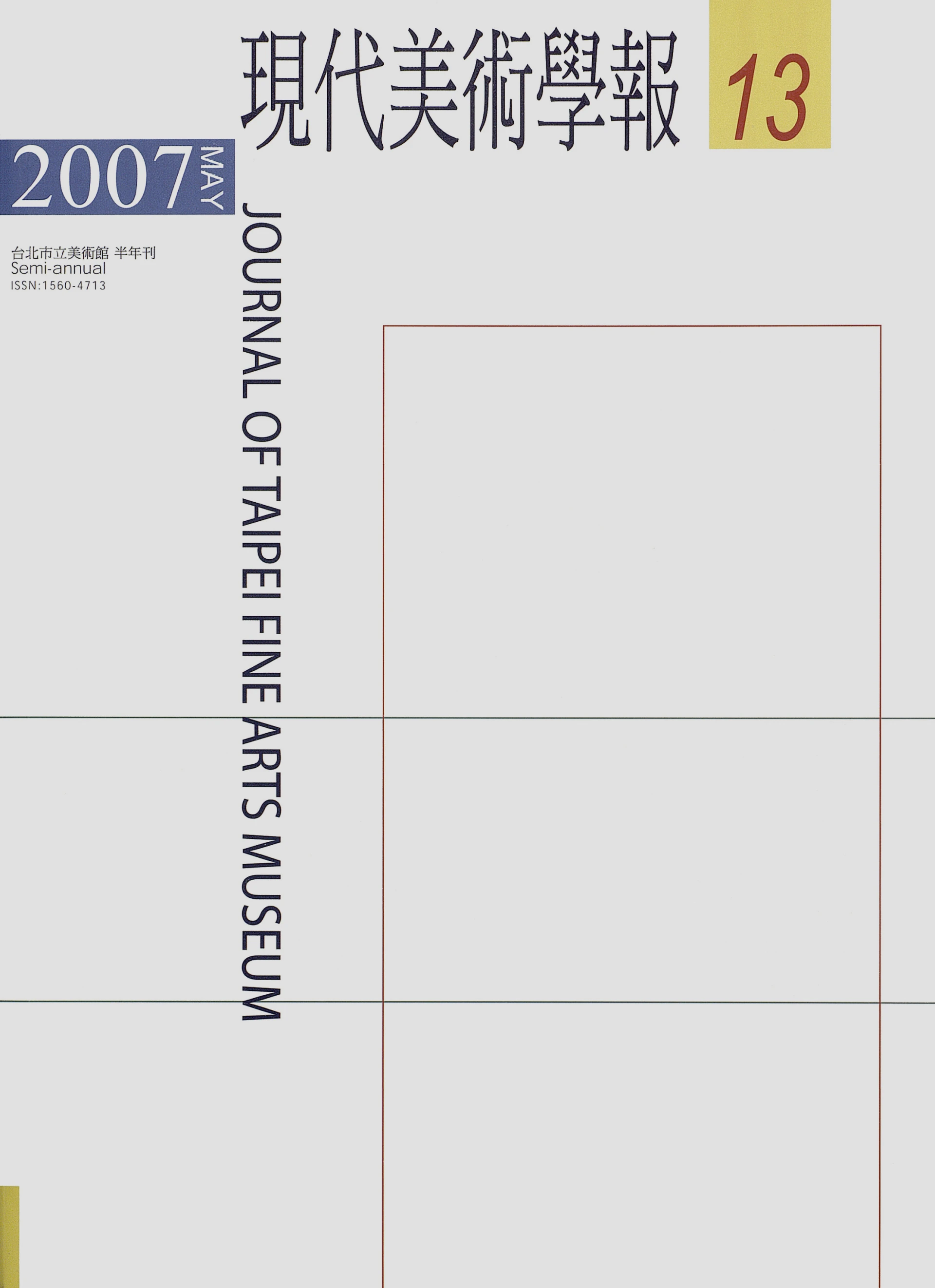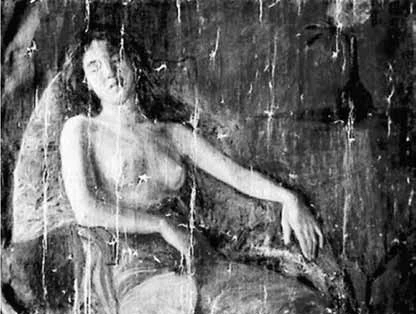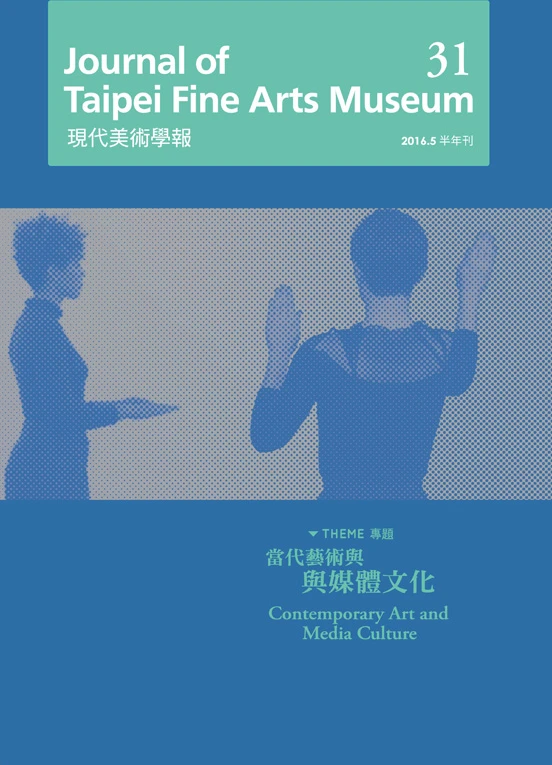摘要
本文旨在研究臺灣行為藝術轉向檔案與諸眾的運動過程。臺灣行為藝術的發生並非如同西方一次大戰前後達達先驅們的實驗,也不盡相同於60年代以降「福魯克薩斯」、「偶發」等行動藝術形式,其發生背景有自身特殊之處,假使我們將西方藝術當成現代性進入臺灣的過程之一,我們必然需要面對自身自明性的問題,同時必須面對更為根本的探索:促使行為藝術在臺灣發生的條件為何?臺灣現代藝術機制對於身體的排除結構為何?而在今天,從「肉身化」轉向「檔案化」,當行為藝術普遍結合當代藝術中複合的影像、文件以及檔案等素材,轉向更為多義的視覺文類時,它所產生的多義性,對於上述近代身體脈絡,以及與檔案、媒體所關係密切的諸眾,又產生了如何的辯證關係以及積極行動可能?
關鍵詞
檔案、身體、諸眾、排除結構、錄像
Abstract
This essay examines Taiwanese performance art and its turn towards archival and documentary materials and the concept of the multitude. Taiwan’s history of performance art is not like that of the West. It does not follow from the experiments of the pioneers in Dadaism before and after World War I, nor is it strictly related to the art movements like Fluxus or the happenings of the 1960s. It has its own special background. If we assume that the West’s tradition of performance art is one of several processes of modernity that has entered Taiwan, we must still face the question of our own identity, even as we must explore other more fundamental issues: what conditions induced performance art to happen in Taiwan? Why have Taiwan’s modern art institutions exhibited a structural exclusion of "the body"? And at present, considering the move from "physicality" to "documentation," and as performance art is routinely conflated with the videos, texts and archival materials of contemporary art and its definition is broadened by multiple visual genres, what kinds of dialectical relationships and radical movements will be generated as performance art continues to generate more variable meanings, both in the context of the aforementioned modernist body, as well as in contemporary forms closely related to the multitude, like document-based and media art?
Keywords
archive, body, multitude, structural exclusion, video art






